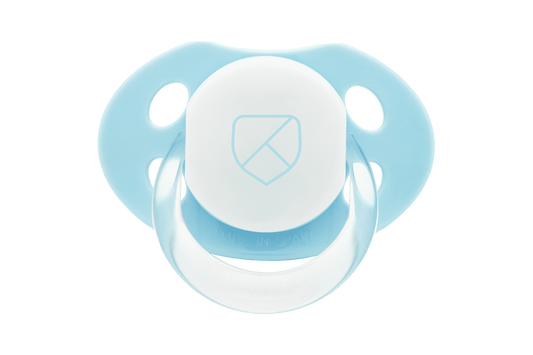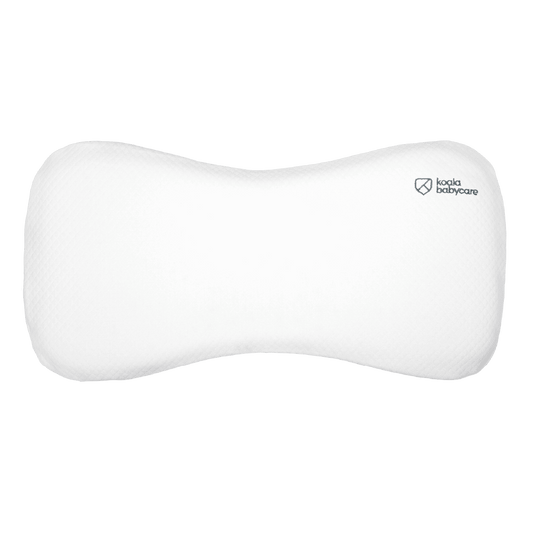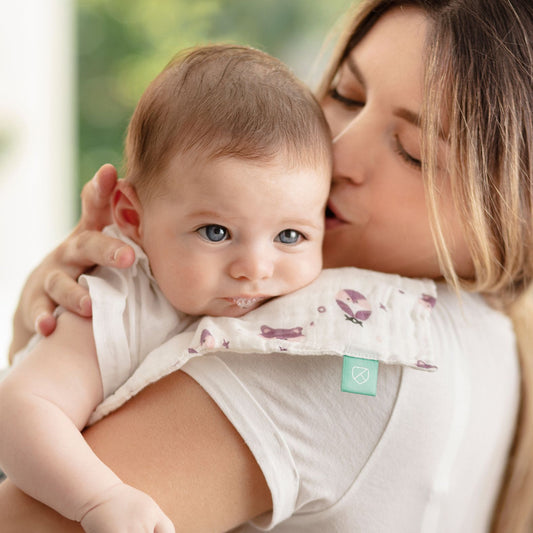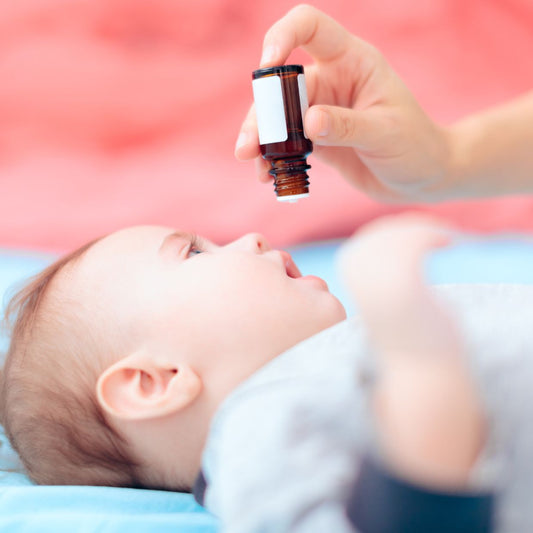Not sure where to start when it comes to clearing your infant’s stuffy nose? Read our guide on how to unblock your baby’s nose naturally. Always remember to consult your Doctor first.
Nasal Wash Baby: when to clear your infant’s nose
As you know, young babies aren’t capable of breathing through their mouths or blowing their noses yet, which is why it is important to rinse their sinuses, which clears mucus and bacteria from their noses, helping them breathe easier.
It is advisable to do this once or twice a day when your baby is feeling well, and even more often if they have a cold. In general, nature has a way of clearing out their nose with a good sneeze, but a stuffy nose can cause discomfort for young babies, impacting their feeds, sleep and causing fussiness.
In these cases, mucus aspiration may also be necessary after a nasal wash, as it softens any mucus and facilitates breathing.
When can you start clearing mucus from a newborn baby’s nose
When to use nasal spray on your baby? You can rinse out your baby’s sinuses once they are a month old, even before, if necessary - as it’s completely safe and there is no risk to the baby, only benefits!
What do you need to unblock your baby’s nose?
What to do when your baby has a runny nose? Let’s start with the essentials. You need saline solution, available as drops, as a spray, in bottles or in handy single-dose packs.
Single-dose packs are practical and handy for carrying around with you in your bag. Nasal sprays are easy to use thanks to their spray action. Bottled solution will require a syringe - without a needle, of course.
There are two types of saline solution: isotonic and hypertonic.
Isotonic solution has a salt concentration of 0.9% and is suitable for daily use.
Hypertonic solution has a higher concentration of salt, about 3%, and is ideal for stuffy noses and colds. Always seek advice from your Doctor prior to use. Your Doctor will also provide guidance on the frequency required.
How to clean out baby’s nose
- Before starting, cuddle your baby and spend some time playing together. This will help them feel calm and at ease.
- Wrap your baby in a muslin cloth or blanket, covering their shoulders and arms so they are unable to move. This helps a baby to settle and relax, avoiding any sudden jerks.
- Lie your baby on their back in the cot or on the changing table, then gently tilt their head to one side, taking care not to push their head backwards as otherwise the saline solution may end up in their throat. If this happens, don't worry, it is not dangerous.
- Place the tip of the nasal spray or dropper at the tip of their nostril. You should aim towards their ear (on the same side) to encourage the solution to flow through properly from nostril to nostril.
- Spray or insert drops of saline solution slowly and continuously (as per product instructions). The liquid should flow out of the other nostril.
- Repeat the same procedure on the other side with the other nostril by tilting the baby's head to the other side.
- Lift your baby up and clean any excess liquid and secretions from their nose with a gauze.
- Use a nasal aspirator if any thick mucus is present.
What if water does not come out the other nostril?
If the saline solution does not come out of the other nostril when you rinse out your baby's nose, don't worry, it can mean one of two things: the amount of solution that you pushed into their nostrils was not enough (it must be pushed in with firm constant pressure) or that their nasal passages aren’t unblocked properly yet.
In either case, simply repeat the procedure.
Remember the saline solution must be at room temperature. In winter, it may prove too cold for use on babies and cause discomfort. It is better to warm it up a little by placing the syringe, the single dose packet, or the bottle under warm running water for a few seconds.
Looking after your newborn baby can seem rather complicated, can't it? Especially during those first few days of life. That's why we asked a professional for help. In this article, Midwife Martina Rossi talks to us about bathing a newborn baby, how to care for the umbilical cord and how to treat cradle cap.
The information contained in this Site is for informational purposes only and in no way replaces a diagnosis or treatment plan by a Doctor. You should always seek advice from your doctor and/or medical specialists.








